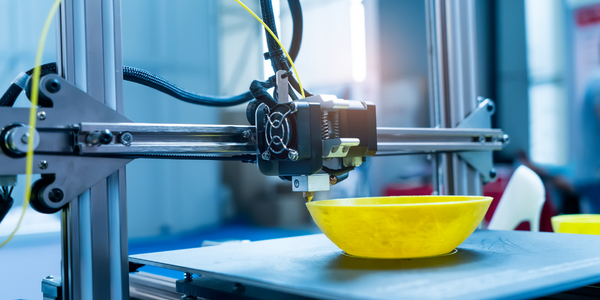Technology Category
- Sensors - Haptic Sensors
Applicable Functions
- Product Research & Development
Use Cases
- Smart Campus
- Virtual Prototyping & Product Testing
About The Customer
The Department of Bioengineering at Clemson University has for over 50 years provided students, faculty, and research staff with exceptional opportunities for intellectual, professional, and personal growth. Guided by a faculty committed to undergraduate and graduate research experience, bioengineering students apply engineering principles to understand and treat disease. Collaboration with physicians and entrepreneurs ensure that research focuses on high-priority health care challenges. Under the direction of Department Chair, Dr. Martine LaBerge, this collaboration has been enhanced through the addition of a Clemson University-Medical of South Carolina Bioengineering Program in Charleston, SC.
The Challenge
Anterior knee pain is a significant complication following total knee arthroplasty (TKA) surgery. The inability to freely extend or flex the knee significantly impacts patients' daily activities such as walking, lifting, and rising from a chair. This knee movement inability is one of the most common indications of needed TKA procedure revisions. The challenge of this study was to quantitatively evaluate the effect of the patellar button thickness on the variation of the quadriceps tendon force during knee joint flexion/extension using computational analysis. A reduction in the force variation is directly related to the mitigation of anterior knee pain following TKA surgery. Poor sizing during surgery of the patellar knee component – a “button-like” element that increases the mechanical advantage of the extension force – was identified as a key issue.
The Solution
The research biomechanics group in the Department of Bioengineering at Clemson University applied HyperWorks-based finite element analysis to evaluate the effect of the patella-button thickness on the variation of the magnitude of the quadriceps tendon force. Three-dimensional (3D) explicit finite element analyses were completed by Xin Xie, an Altair Fellow and doctoral student, to assess the effect of the patellar button thickness on the quadriceps force magnitude and variation. Altair HyperMesh was applied to build a detailed, 3D model of the articular knee joint. A basic 3D model was developed through MRI reconstruction of an average-sized cadaver lower extremity to represent the realistic components of the human knee joint. The cadaver tibia, femur, and patella button were resected using the specific surgical procedures specified by suppliers of total knee joint replacements. The geometry of a specific TKA device was inserted into the natural knee model and aligned using HyperMesh. Muscular and ligamentous knee connectors were modeled as isotropic, hyper elastic materials quantified by experimental testing data. A motion tracking system was employed to define the displacement boundary conditions for the tibia and femur during knee flexing and extension. Finally, using the geometrical morphing capability of HyperMesh, two additional patellar buttons with varied thickness (+-2 mm) were created, thus generating three finite element models in total. Using output from quasi-static finite element analyses of these three models, the tendon force magnitudes for each thickness case were computed.
Operational Impact
Quantitative Benefit

Case Study missing?
Start adding your own!
Register with your work email and create a new case study profile for your business.













